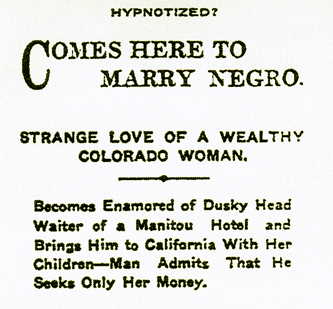
November 6, 1907
Los Angeles
When Mrs. Jenevieve Van Lakum, a well-to-do and refined 35 year-old widow from Manitou, Colorado checked into an apartment at 803 East Fifth Street with her four children and a black gentleman, it was assumed by the proprietor that the gentleman was her porter.
But a certain Patrolman C. H. Jones espied Jenevieve and the black gentleman about town, and made an investigation. It came to light that the man, William Seay, was occupying the same apartment.
Humane Officer Reynolds took the children into custody and the two adults face arrest.
After Mrs. Van Lakum was taken to Central Station and interrogated, she broke down and admitted that she loved the man, and “could not explain her affection for the negro.” They came from the east to Los Angeles with the express purpose of becoming husband and wife, but the LA Powers That Be put the kibosh on that. Police suspected that Seay held some “uncanny” influence over her, but Jeneivieve denied that she had been hypnotized. Seay further stated that he maintained his relations with her only for the money she gave him, which to this point had amounted to about $500 ($10,261 USD 2005).
 Postscript – on November 10, “Humane Officer” Reynolds confessed that the sextet had given him the slip. After having secured Seay’s promise to stay away from the woman, Reynolds allowed Van Lakum to take the children in search of a cottage to rent—and disappeared.
Postscript – on November 10, “Humane Officer” Reynolds confessed that the sextet had given him the slip. After having secured Seay’s promise to stay away from the woman, Reynolds allowed Van Lakum to take the children in search of a cottage to rent—and disappeared.
Says Reynolds: “I believe that she has found a cottage somewhere in the suburbs and is living quietly. Whether the negro visits her or not, I have no positive knowledge, but I am inclined to believe that he does.
“Information from the East states that Mrs. Van Lakum is the member of a prominent family in Chicago. I think that she is irresponsible. I believe she is mentally deranged.”
Let’s hope they found happiness somewhere, though where in 1907 Los Angeles that would be, I do not know. Certainly not in Edendale.

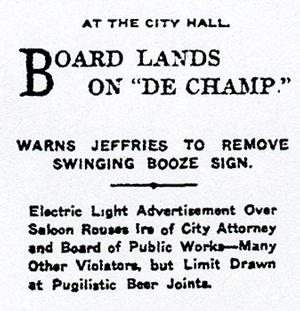

 Here’s a vision of the future: electric signage along Broadway, ca. 1920, as pictured in, uh,
Here’s a vision of the future: electric signage along Broadway, ca. 1920, as pictured in, uh, 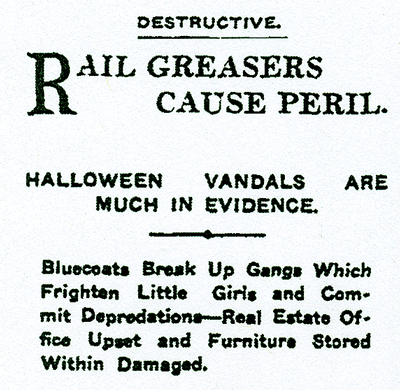

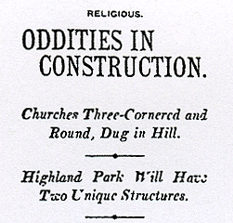

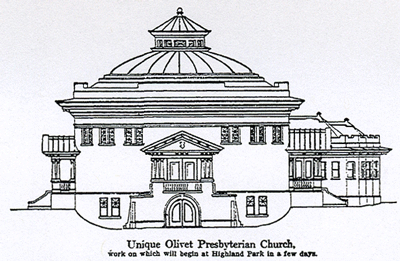
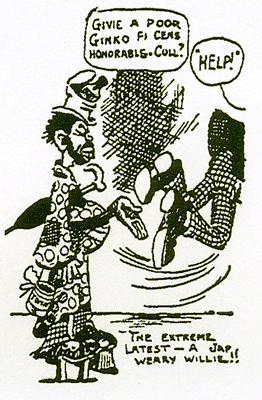



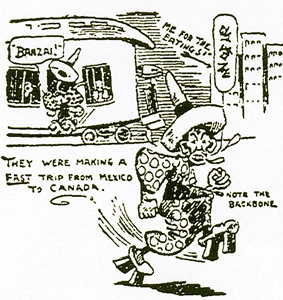


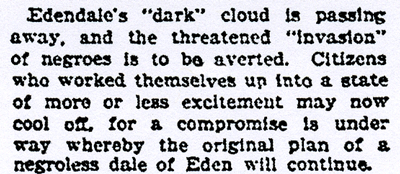

 October 3, 1907
October 3, 1907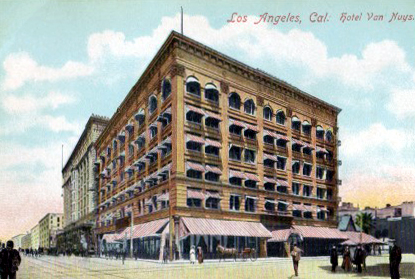



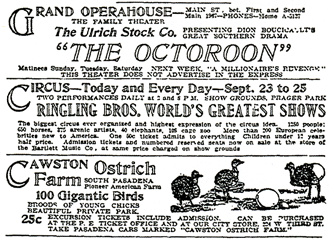
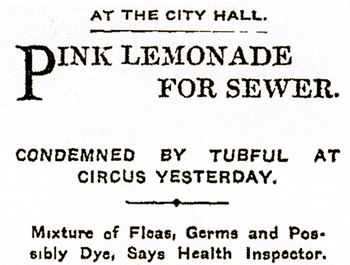
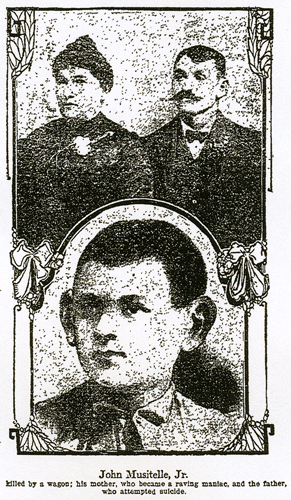

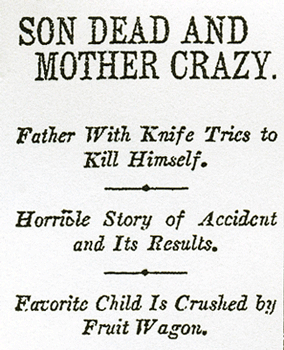 September 22, 1907
September 22, 1907